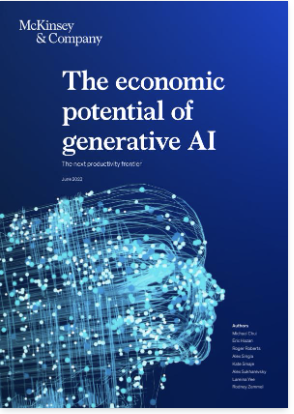The global metals and mining industry is entering a new era. Historically, the industry has been driven by economic growth and the development of the middle class, resulting in major demand growth for materials such as steel, aluminium, and coal. While 80% of the industry today primarily consists of five materials—steel, coal, gold, copper, and aluminium—the landscape is rapidly changing due to the energy transition.
Indeed, the energy transition is first and foremost a physical transformation and the key challenges are therefore mostly physical, including the timely availability of materials embedded in low-carbon technologies (as detailed in McKinsey Global Institute’s 2024 report, The hard stuff: Navigating the physical realities of the energy transition). The energy transition is changing the materials landscape in three ways:
- It accelerates demand growth for materials that are embedded in low-carbon technologies as these technologies typically require more embedded materials than their conventional counterparts. For example, battery electric vehicles (BEVs) are typically 15 to 20% heavier than comparable internal combustion engine (ICE) vehicles.
- It triggers a long-term shift of the materials demand profile as low-carbon technologies require a different set of energy transition materials, which is gradually increasing the relative importance of these materials in the overall metals and mining portfolio.
- It drives a long-term reduction of thermal coal in the energy system, currently the second-largest material in metals and mining measured by revenue (2023).
Download the complete report HERE.
Source: McKinsey & Company




